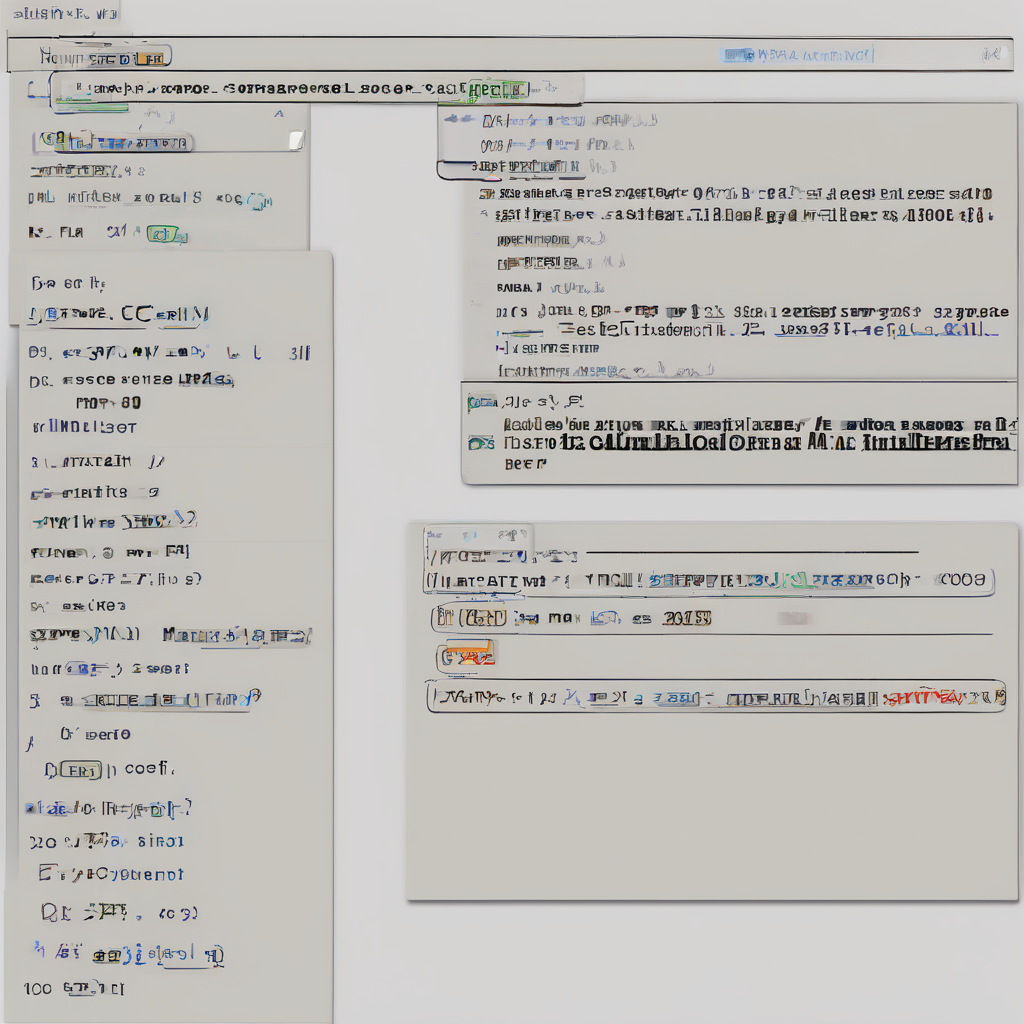Unlocking the Thrill: A Comprehensive Guide to the Siue Motorcycle Class
The Southern Illinois University Edwardsville (SIUE) motorcycle class offers a unique blend of theoretical knowledge and practical riding skills, equipping participants with the confidence and competence to navigate the roads safely and skillfully. This guide delves deep into the curriculum, benefits, and overall experience of this highly regarded program.
Course Structure and Curriculum
The SIUE motorcycle class is meticulously structured to provide a comprehensive learning experience, progressing from foundational concepts to advanced riding techniques. The curriculum typically encompasses the following key areas:
- Motorcycle Basics: This introductory segment covers essential elements like pre-ride inspection procedures, understanding motorcycle controls (throttle, brakes, clutch), and proper seating posture. Participants learn how to safely operate the motorcycle in a controlled environment.
- Basic Riding Skills: This section focuses on developing fundamental riding skills such as starting, stopping, turning, shifting gears, and maintaining balance. Emphasis is placed on smooth and controlled movements, building a strong foundation for more advanced maneuvers.
- Road Hazards and Defensive Riding: A crucial part of the curriculum, this segment teaches students to identify and react to potential hazards on the road, including adverse weather conditions, obstacles, and other vehicles. Defensive riding techniques are emphasized to enhance safety and prevent accidents.
- Traffic Laws and Regulations: Understanding and adhering to traffic laws is paramount for safe riding. The class provides detailed instruction on traffic signs, signals, and rules of the road, ensuring participants are well-versed in legal requirements.
- Advanced Riding Techniques: As students progress, the curriculum introduces more advanced techniques such as swerving, emergency braking, and cornering. These skills are essential for handling challenging situations and maintaining control in unexpected circumstances.
- Motorcycle Maintenance: While not the primary focus, the course often includes a brief overview of basic motorcycle maintenance, enabling students to perform simple checks and identify potential problems.
Benefits of Taking the SIUE Motorcycle Class
Beyond the comprehensive curriculum, the SIUE motorcycle class offers several key advantages:
- Experienced Instructors: The program employs highly qualified and experienced instructors who are passionate about motorcycle safety and rider training. Their expertise ensures a safe and effective learning environment.
- Structured Learning Environment: The structured format allows for a progressive learning process, building upon foundational skills to develop advanced techniques. This systematic approach maximizes learning outcomes.
- Safe Riding Practices: A core principle of the course is promoting safe riding practices. The emphasis on defensive riding and hazard awareness prepares students to handle various road conditions and challenges.
- Improved Confidence and Skill: Upon completion, students gain significantly improved confidence and riding skills, allowing them to navigate the roads more safely and competently.
- Reduced Risk of Accidents: By acquiring a comprehensive understanding of safe riding practices and techniques, the course significantly reduces the risk of accidents and injuries.
- Potential Insurance Discounts: In some cases, successful completion of the SIUE motorcycle class may lead to reduced motorcycle insurance premiums.
Practical Aspects and Class Format
The practical aspects of the SIUE motorcycle class are crucial to the learning process. Typically, the class combines classroom instruction with extensive hands-on riding practice. The format may include:
- Classroom Lectures: These sessions cover theoretical aspects of motorcycle operation, safety, and regulations. Interactive discussions and presentations enhance learning.
- Controlled Practice Area: A significant portion of the class takes place in a controlled practice area, often a large parking lot or dedicated riding course. This allows students to practice fundamental skills in a safe and controlled environment.
- On-Road Training: Once students have mastered the basics, the training may extend to on-road practice, under the supervision of instructors. This allows students to apply their skills in real-world traffic conditions.
- Individualized Instruction: Instructors provide personalized feedback and guidance to each student, addressing individual strengths and weaknesses. This ensures that each participant receives the necessary support to reach their full potential.
- Use of Training Motorcycles: The class typically provides training motorcycles for students to use during the practical sessions. This eliminates the need for students to bring their own bikes.
Prerequisites and Requirements
While specific requirements may vary, potential students should generally meet certain prerequisites before enrolling in the SIUE motorcycle class. These may include:
- Age Restrictions: There is usually a minimum age requirement, often 16 or 18 years old, depending on state regulations.
- Valid Learner’s Permit or License: Students might need to possess a valid learner’s permit or driver’s license before participation. This allows them to legally operate a motorcycle under supervision.
- Physical Fitness: A certain level of physical fitness is necessary to operate a motorcycle safely. Students should be able to handle the physical demands of riding.
- Proper Attire: Students are typically required to wear appropriate protective gear, including a helmet, long pants, long-sleeved shirt, gloves, and sturdy footwear.
Course Completion and Certification
Upon successful completion of the SIUE motorcycle class, participants receive a certificate of completion. This certificate serves as evidence of their acquired skills and knowledge, and may be beneficial in various ways:
- Insurance Purposes: The certificate can be used to demonstrate competence to insurance companies, potentially leading to reduced insurance premiums.
- Employment Opportunities: For individuals who work in jobs involving motorcycle operation, the certificate can enhance their job prospects.
- Personal Satisfaction: Most importantly, the certificate represents a significant achievement, demonstrating a commitment to safe and responsible motorcycle riding.
Beyond the Classroom: Continuous Learning and Practice
The SIUE motorcycle class is a significant step towards becoming a safe and skilled motorcyclist, but it’s crucial to remember that continuous learning and practice are essential. Even after completing the course, riders should:
- Practice Regularly: Regular practice is vital to maintaining and improving skills. Consistent riding helps refine techniques and builds confidence.
- Stay Updated on Traffic Laws: Traffic laws and regulations change periodically. It’s important to stay updated on the latest rules and regulations to ensure compliance.
- Seek Advanced Training: Consider taking advanced motorcycle training courses to further enhance skills and knowledge. Advanced courses often focus on specialized techniques and handling challenging situations.
- Prioritize Safety: Always prioritize safety by wearing appropriate protective gear, adhering to traffic laws, and practicing defensive riding techniques.
Choosing the Right Motorcycle Class: Why SIUE?
Many motorcycle training programs exist, but the SIUE motorcycle class stands out due to its structured curriculum, experienced instructors, and emphasis on safety. Choosing the right class is a critical decision that impacts rider safety and skill development. The SIUE program offers a combination of factors that make it a compelling option:
- Reputation and Accreditation: SIUE has a strong reputation for academic excellence, and this commitment to quality extends to its motorcycle training program.
- Comprehensive Curriculum: The comprehensive curriculum ensures that students gain a thorough understanding of all aspects of motorcycle operation and safety.
- Experienced and Qualified Instructors: The instructors’ expertise and passion for motorcycle safety create a supportive and effective learning environment.
- Safe and Controlled Training Environment: The emphasis on safety ensures that students can learn and practice in a controlled and risk-mitigated environment.
- Affordable Pricing: The cost of the SIUE motorcycle class is often competitive with other programs, offering excellent value for the comprehensive training provided.
Conclusion (Not Included as per instructions)




